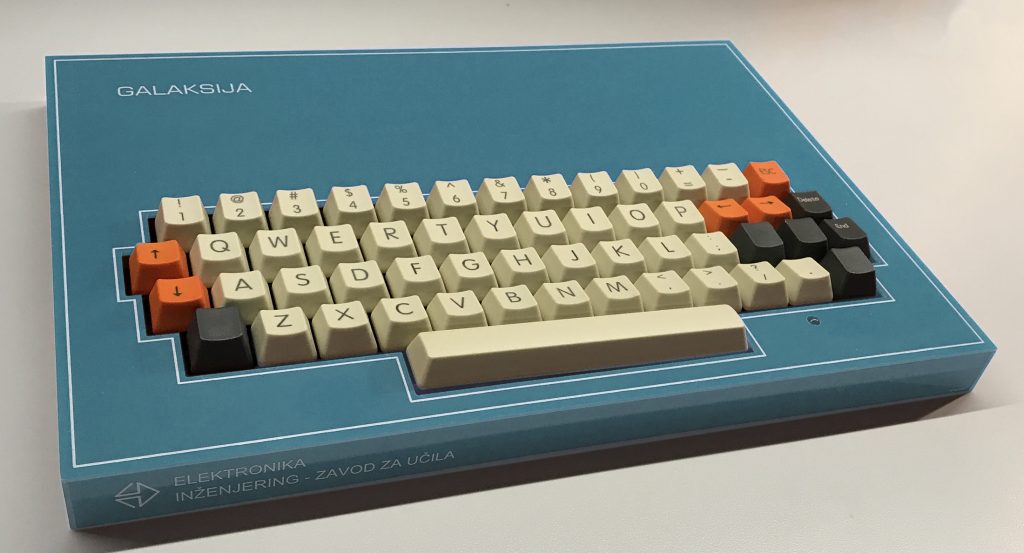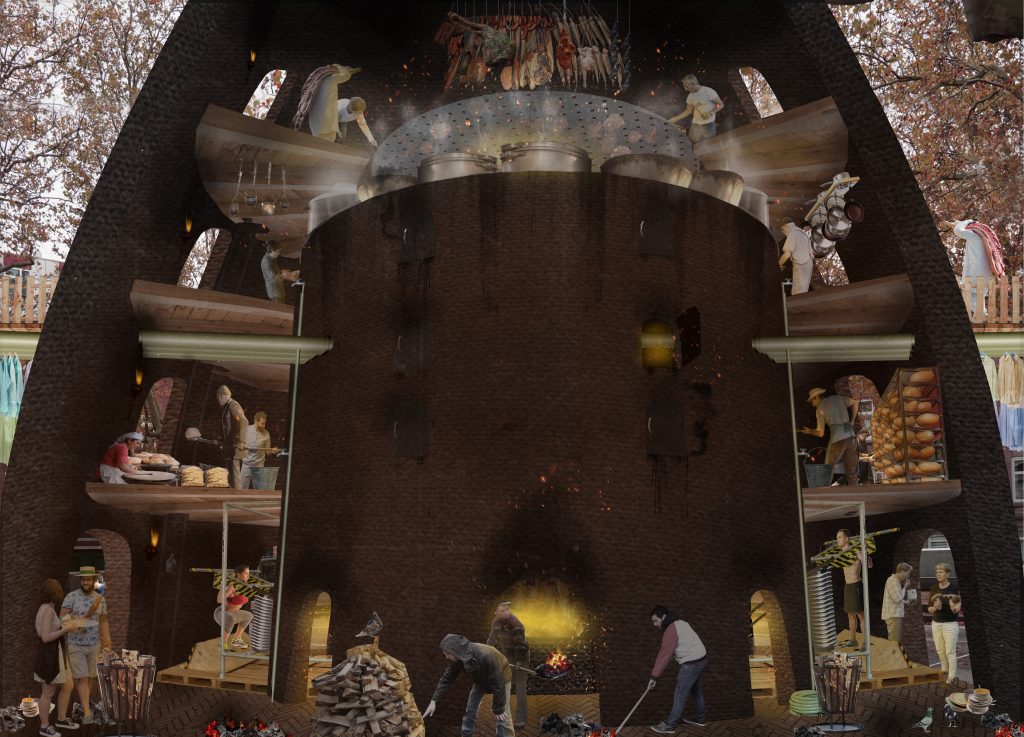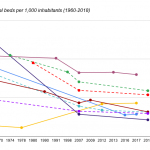Is your building management moving online? Have new cameras been installed in your home or neighborhood? Is your landlord using new payment, notification, or screening systems? Has access to your building changed? For instance, you no longer have a standard key? If so, then you might have Landlord Tech in your building!
Landlord Tech, what the real estate industry describes as residential property technology, is leading to new forms of housing injustice. Property technology, or “proptech,” has grown dramatically since 2008, and applies to residential, commercial, and industrial buildings, effectively merging the real estate, technology, and finance industries.
By employing digital surveillance, data collection, data accumulation, artificial intelligence, dashboards, and platform real estate in tenant housing and neighborhoods, Landlord Tech increases the power of landlords while disempowering tenants and those seeking shelter.
By Landlord Tech, we mean technical products and platforms that have facilitated the merging of the technology and real estate industries in novel ways, particularly as they impact tenant housing. Our research has led to two major categories of what we are calling Landlord Tech: surveillance and speculation, both of which are tied up in gentrification.
Read more: Landlord Tech.
Image: Erik Henningsen’s painting Eviction held by the National Gallery of Denmark, 1892.











